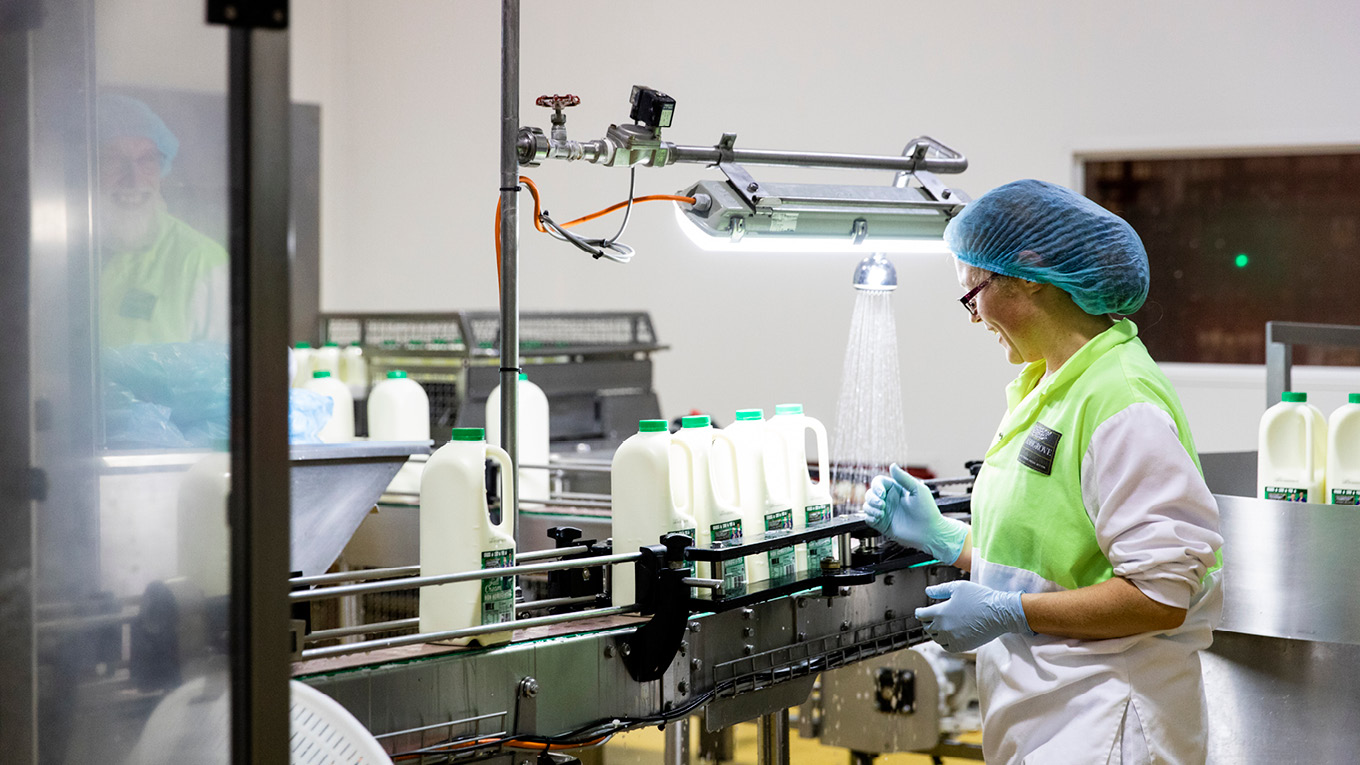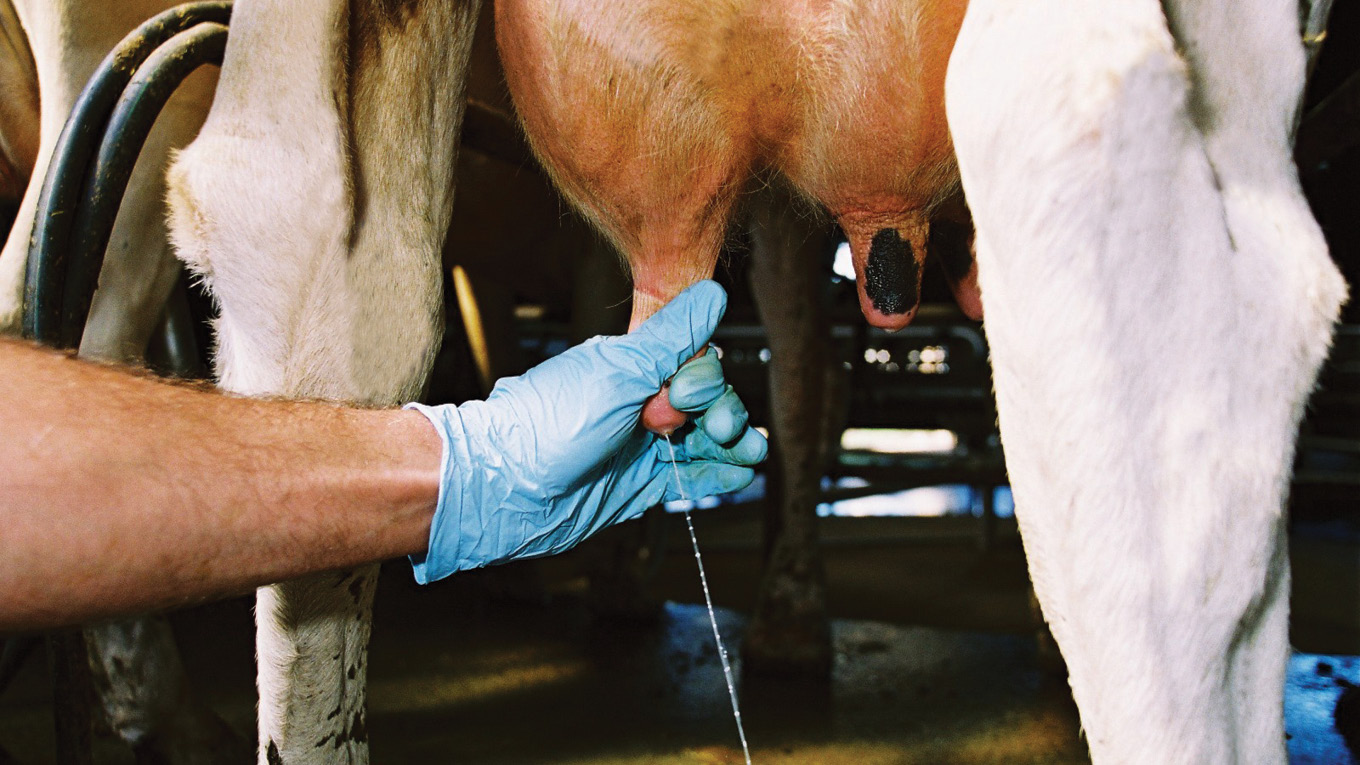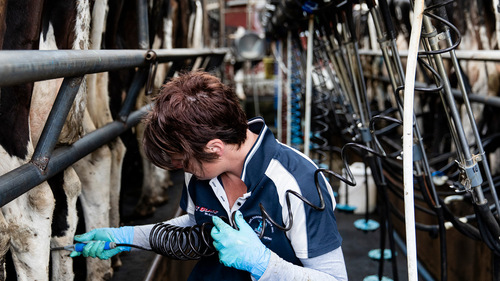Once-a-Day Milking
There are a number of reasons some farm businesses consider implementing once-a-day milking (ODM), but the most common one cited is management of workload, or workforce. In some instances it is a sound decision for the farm to reduce the whole herd to ODM for either part or all of the lactation.
It is also not uncommon for individual cows in a herd to be put on ODM for a defined period, which could be due to lameness. Irrespective of the reason behind a herd shift to ODM, there are ramifications for production which are difficult to negate. These production effects have been the subject of multiple studies in Australasia and overseas.
Production impact
The production impact of ODM varies depending on the stage of the lactation it is implemented. Studies have shown that when ODM is implemented early in the lactation, production decreased by an average of 40%. When implemented late in the lactation, production decreased by an average of of 7%.
In studies where ODM was in place for the whole lactation, production decreased by between 22% and 50%, with an average of 34%. ODM for one lactation does not “hard-wire” this production response into a cow if twice or three times-a-day milking is resumed in subsequent lactations after a dry period.
There is substantial evidence showing modest increases in somatic cell count in response to ODM compared to twice-a-day milking, but this is not accompanied with a concurrent increase in clinical mastitis incidence.
Irrespective of the reasons behind a shift to ODM, it is important to understand the likely production and cell count responses within individual cows and the herd.


